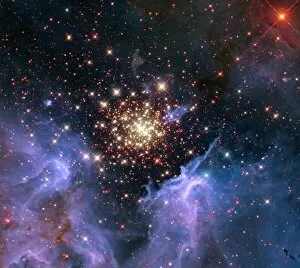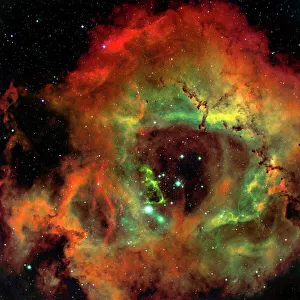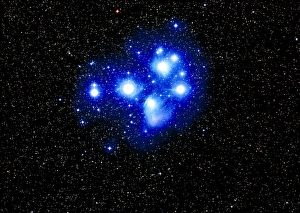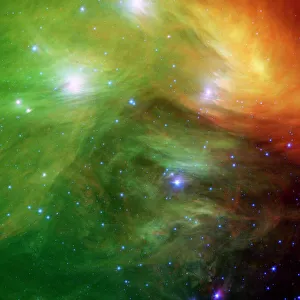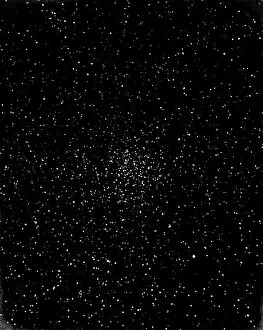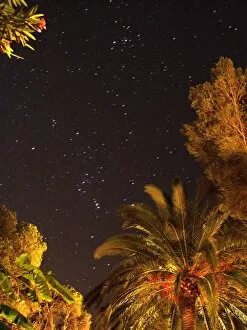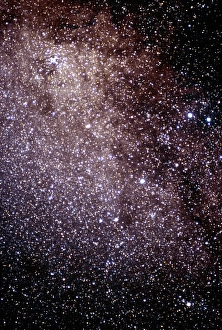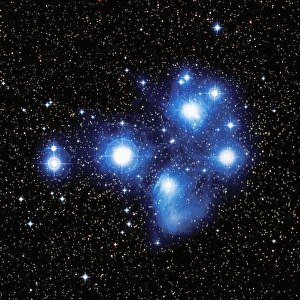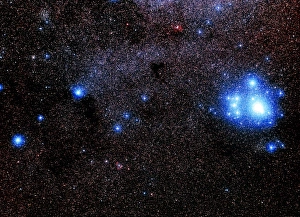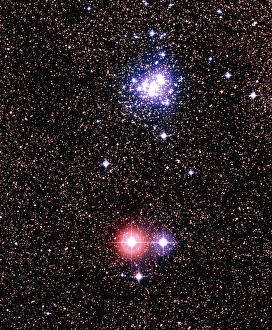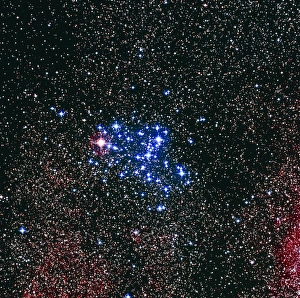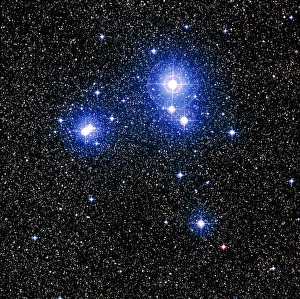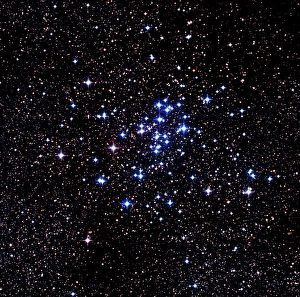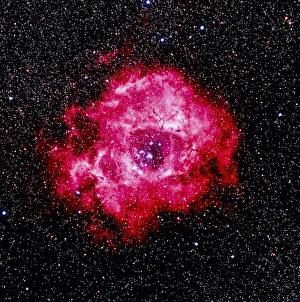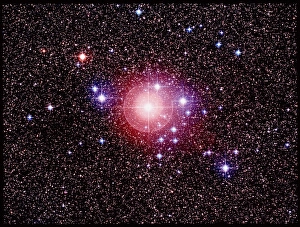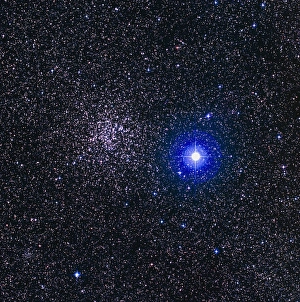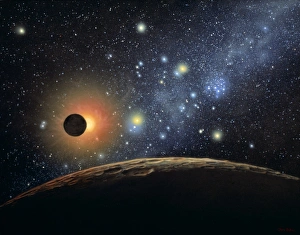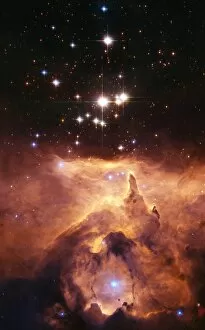Open Star Cluster Collection
"Exploring the Vastness of Open Star Clusters: A Glimpse into Celestial Marvels" Discovering the wonders of our universe has always fascinated humanity
All Professionally Made to Order for Quick Shipping
"Exploring the Vastness of Open Star Clusters: A Glimpse into Celestial Marvels" Discovering the wonders of our universe has always fascinated humanity, and open star clusters have been a captivating subject for astronomers throughout history. From ancient civilizations to modern-day stargazers, these celestial gatherings continue to inspire awe and curiosity. One such mesmerizing cluster is NGC 3603, beautifully captured by the Hubble Space Telescope (HST). This open star cluster resides within the Rosette Nebula, showcasing a breathtaking interplay between newborn stars and glowing gas clouds. Moving on to another famous group of stars, we encounter the Pleiades star cluster. In an optical image, its ethereal beauty shines through as delicate blue jewels scattered across space. However, when observed in infrared light, hidden secrets are unveiled – revealing dust clouds and young stellar objects that were previously unseen. Delving into history's records takes us back to the 19th century when amateur astronomers passionately studied open star clusters like M46 and Pleiades. Their observations paved the way for future discoveries while igniting a sense of wonder among enthusiasts worldwide. Fast forward to today's era where advanced technology allows us to witness stunning images like M7 (NGC 6475), yet another open star cluster that captivates with its intricate arrangement of stars against a backdrop of cosmic tapestry. IC 2602 presents itself as yet another spectacle in this cosmic gallery. Through an optical lens, this open star cluster showcases its splendor – countless luminous orbs congregating together in harmony amidst vast darkness. Lastly but certainly not least is NGC 6231; an open star cluster whose brilliance leaves observers spellbound. Its radiant glow illuminates space with celestial artistry that reminds us how small we truly are in comparison to the grandeur beyond our planet's boundaries. Open star clusters serve as windows into distant realms within our universe, reminding us of the boundless beauty that lies beyond our reach.

